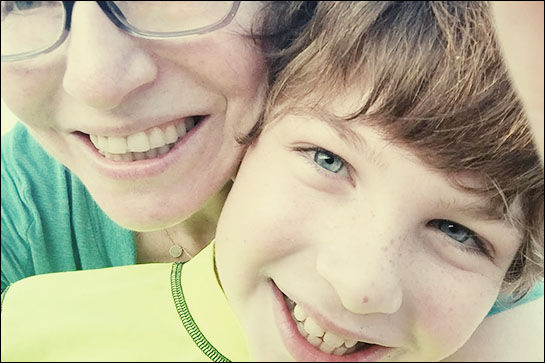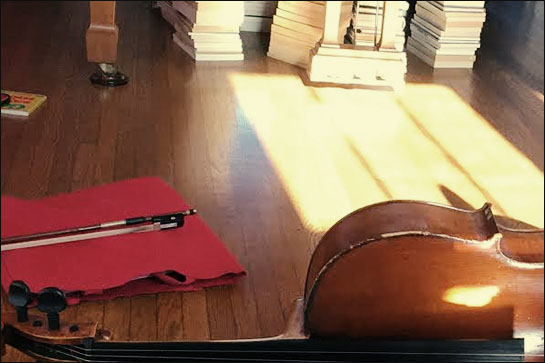Try low-brow art as an on-ramp to cultural literacy

Did you always dream of playing video games with your kids all day long? Then homeschooling is your dream come true! The whole family can learn together!
But for everyone else, homeschooling turns out to be each family member learning on their own, because if you want to learn what someone else wants you to learn, you can just go to school.
It took me a while to admit that my kids are not interested in any of the things I thought we’d be learning together. In my dream of homeschooling utopia, my kids and I would study intricate artworks hour after hour. But once I faced the truth, I noticed that complexity annoys the kids, and low-brow innovation intrigues them. So here are some ways I got my teenage sons to pay attention to art.
Crappy art auctions
Super 8 Hotel revamped their rooms and sold off their terrible art in an auction. The idea of treating the terrible art like regular art begs the question of what is art. I asked my kids if they liked the art in the picture. Then I told them it was a crappy art exhibit and they were impressed with their intuitive ability to know good art from bad even if they don’t have the words.
Forgery experts
It’s way more fun to find out why a picture is a forgery than why a picture is historically important. But in order to spot a forgery, you really do need to know art history. The boys were happy to watch this video about how to spot a forgery. (I love all the art videos on that PBS channel.)
Architecture failures
I tried getting the kids interested in architecture when we went to Chicago every week. I had this idea we’d do the tour of International style in the city and Victorian homes in the north suburbs. Mostly our trips entailed eating pizza in architecturally insignificant buildings and playing video games in the car. But then I taught the kids about McMansion Hell, and now they pay attention to architecture if only to catch grown-ups indulging in terrible design.
If all else fails, act like you don’t care.
My kids associate photography with memes on Reddit and self-aggrandizement on Instagram. So teaching them the history of photography was a no-go. I tried the journalism route and bought a collection of postcards of famous Magnum photographs. I mailed them to the boys. After three my son said, “Can you just send me a text? Reading mail is like listening to voicemail. Only old people do it.”
But my next attempt worked. Lewis Hine’s photos tell the story of kids being tortured working long days in deadly factories. I put some photos on the fridge without saying anything. You know how little kids like hearing fairy tales because the dichotomy of good and evil is intoxicating? For my kids, child labor struck the same chord. They asked questions about the photos all day long.
Hey, wait! Read this ad for my new course. Which is a very autistic way to sell something, but maybe you have an affinity for literal and transparent.
Do you wonder if your child has autism? Did you know that 80% of adults who were diagnosed later in life say that they would have had a much better childhood if they had known they had autism? A lot of kids can camouflage autism by being extra smart and extra careful. But it’s incredibly exhausting to live this way.
I’ve created a course to help you understand how to tell who has autism. You’ll also understand why people with autism feel so relieved once they know they have it. I’ve learned so much from talking with other adults who have autism. Now I’m sharing what I’ve learned in my new course, Autism Hacks.
It runs Oct. 22 – 25 from 9-10 pm Eastern. There will be video, online chat, and emails full of information and tactical trinkets. You can join the course in real time or watch the videos afterward. Either way, I know you’ll be shocked and surprised and inspired.


